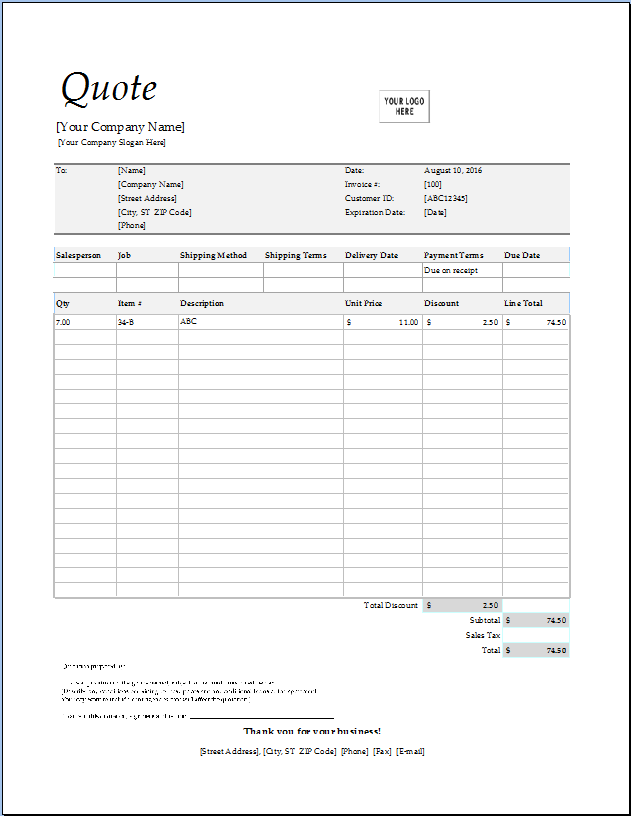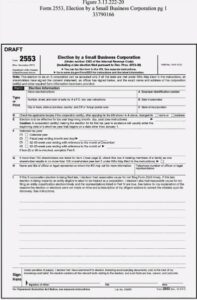Handbook: Statement of cash flows
Content

You can use cash flow statements to create cash flow projections, so you can plan for how much liquidity your business will have in the future. Clearly, we can now infer that the cash flow statement and the balance sheet interact with each other. This is in line with what we had discussed earlier, i.e. all the three financial statements are interconnected. I will skip going through each line item, as most of them are self-explanatory. However, please notice that ARBL has generated Rs.278.7 Crs from operating activities. Note, a company with a positive cash flow from operating activities is always a sign of financial well being.
Good managers will hold on to key subordinates despite falling sales; laying them off without regard to their potential importance in an upswing would be foolhardy. I also found that the company could self-finance at an accounts receivable turn of 12 times. EBIT and NIPD rise accordingly; you can just imagine the ecstatic manufacturing managers describing their cash flow picture as “great.” But they should look at NOCF”.
What Does a Negative Cash Flow From Financing Mean?
E) Insurance costs are also fixed costs that are incurred when a financed asset is purchased and has to be protected against fire, weather, theft, etc. Usually, lenders require that a financed asset be insured as a meant of security for the loan. Some operators, particularly those with low equity, also insure some of their more valuable assets because of the strain the loss of those assets would place on the financial condition of the business. In this country, the major insurance companies are Old Mutual Insurance and General Accident Insurance, Minet Insurance, Prudential Insurance, etc. This is a procedure for allocating the used up value of durable assets over the period they are owned by the business or until they are salvaged. By depreciating an asset, an allowance is made for the deterioration in the asset’s value as a result of use , age and obsolescence.

In budgeting, finance teams can look at cash flows from previous accounting periods (e.g., month, quarter, year) to see where they should make spending adjustments. In business strategy, these financial statements can illuminate where a company is overspending and inform changes to the company’s overall approach. A cash flow statement is a financial statement that provides aggregate data regarding all cash inflows that a company receives from its ongoing operations and external investment sources. It also includes all cash outflows that pay for business activities and investments during a given period. Cash flow is calculated by adding a firm’s depreciation and net income and then deducting the change in working capital and capital expenditure.
Looking to research stocks?
The first section of the cash flow statement covers cash flows from operating activities and includes transactions from all operational business activities. The cash flows from operations section begins with net income, then reconciles all non-cash items to cash items involving operational activities. In other words, it is the company’s net income, but in a cash version.
- When the direct method is used, US GAAP ensures organizations present a supplemental schedule using the indirect method.
- These include white papers, government data, original reporting, and interviews with industry experts.
- The adjustment of net income for the period is equivalent to the amount of revenue from operating, investing, and financing activities.
- In other words, it is the company’s net income, but in a cash version.
- Although closely related, cash flow and profitability are different.
If you subtract the operating cash outflows from the operating cash inflows, you get net operating cash flow —the amount of money a company has to do things. It is defined as the amount of money needed to facilitate business operations and transactions, and is calculated as current assets less current liabilities . Computing the amount of working capital gives you a quick analysis of the liquidity of the business over the future accounting period. If working capital appears to be sufficient, developing a cash flow budget may not be critical. But if working capital appears to be insufficient, a cash flow budget may highlight liquidity problems that may occur during the coming year. You use information from your income statement and your balance sheet to create your cash flow statement.
Introduction to the Cash Flow Statement
The Cash Flow Statement is unable to reflect the net income generated by a business for the accounting period as it excludes items that are non-cash. Such items are taken into consideration by the Profit and Loss Statement. The final step of preparing the cash flow statement is to find out the net increase/decrease in the cash and cash equivalents of the business during that particular reporting period. This portion of the cash flow statement deals with the selling and purchasing of long-term assets such as equipment, properties, and facilities. Once the cash flow from operating activities is calculated, the next step in the cash flow statement is to calculate the cash flow from investing activities. While employing the indirect method of finding out the income generated from operating activities, mentioning the initial cash balance becomes mandatory.

They are the principal reason one company differs from another, or companies in one industry differ from companies in other industries. Companies with large gross profits and very fast inventory and receivables turnovers generate a lot of cash and could self-finance substantial growth. Conversely, companies with anemic gross profits and slow turnovers of accounts receivable and/or inventory find that even a little growth needs external financing. So the trick to financial management is how you handle these hot buttons—within the constraints of your company and industry. The first is to pay interest and debt ; the second, capital expenditures, R&D, and dividends ; and the third, sale or repurchase of stock or term loans . Periodic repayments of these loans come under the priority outflows section.
How the Cash Flow Statement Is Used
Over the last few chapters, we have discussed the company’s three important financial statements, i.e. the P&L statement, the Balance Sheet and the https://quick-bookkeeping.net/ of the company. While the Cash flow and P&L statement are prepared on a standalone basis (representing the given year’s financial position), the Balance Sheet is prepared on a flow basis. Now think about the cash moving in and out of the company and its impact on the cash balance. For example “Upgrade the sound system for a better workout experience” means the company has to pay money towards purchasing a new sound system.

For you to conclude that you have nothing to fear from a recession, however, would naturally be a mistake. Conversely, in a growth scenario, it is foolish to think that you will have plenty of cash just because NIPD or EBIT looks great. You have to investigate your own circumstances to draw your own conclusions. When the revenue generated from the three fundamental kinds of business activities is represented, you can decide the ending balance of cash and its equivalents towards the end of the reporting period. While utilizing GAAP, this segment likewise incorporates payment of dividends, which might be a part of operating activities while utilizing IFRS norms.
